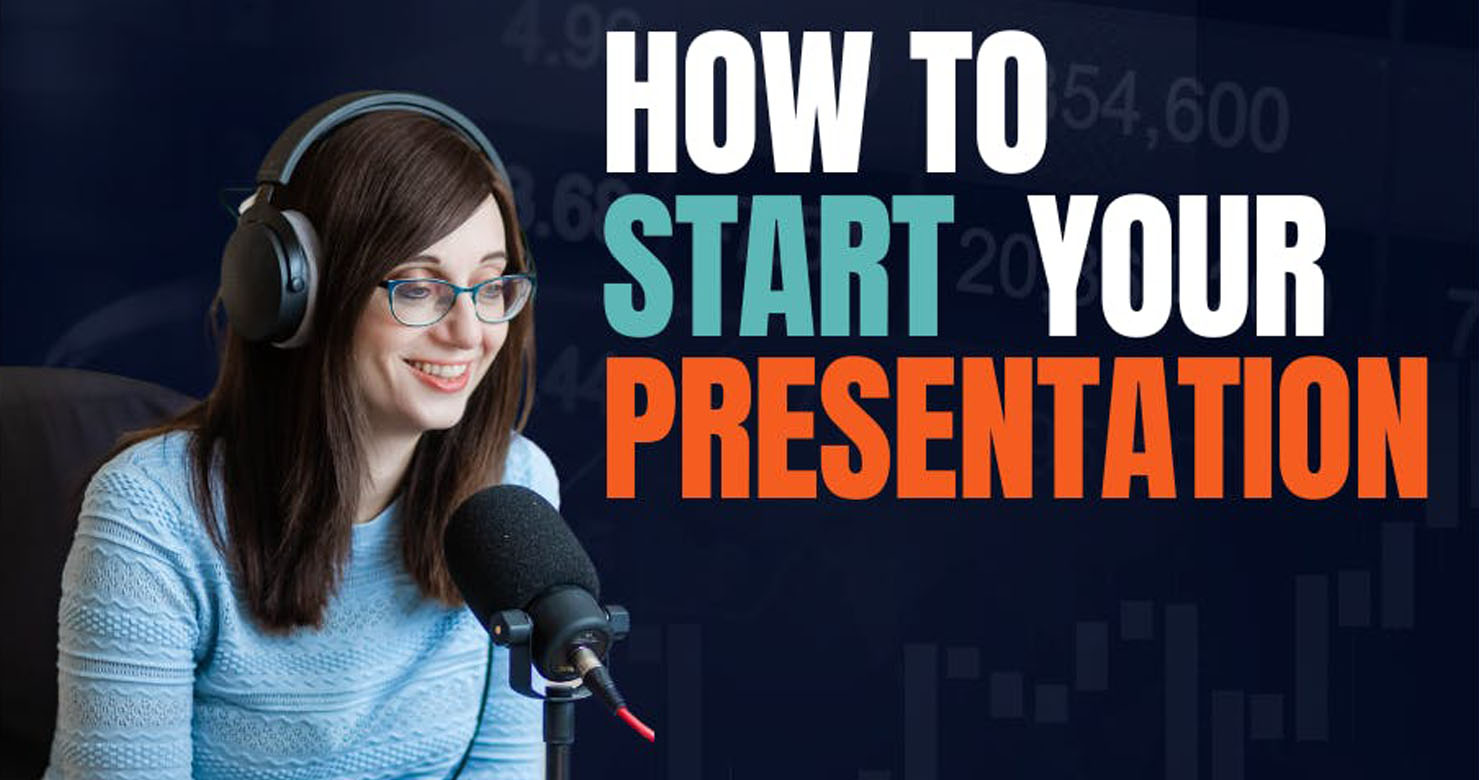
Have you ever given a presentation that fell flat, Reader?
I have.
There I was, pouring my heart and soul into a presentation I had worked on for freaking hours.
But, as I glanced out at the audience (only for a second because I was trying to remember what I was going to say next), I saw people flicking through their phones.
Checking Twitter no doubt.
Or that very important work email.
Someone had actually nodded off!
Oh man, I wasn’t even keeping people’s attention enough for them to bother to stay awake.
It sucked.
Here’s the lessons I learned on how to stop it happening:
The Problem: You Are Stuck In Your Own Head
I made this mistake every single time I spoke.
I practiced, practiced, practiced.
I rehearsed so many times that all I could think about was the next line. Even when I was saying a sentence I wasn’t even thinking about the words coming out of my mouth.
What is my next section after this one?
How am I doing for time?
It took me years to realise this was my problem.
How could I expect my audience to concentrate on what I was saying when I wasn’t even concentrating on it?
Once I came to grips with this being my problem, my presentations and teaching changed entirely.
The Solution: Get Out Of Your Head And Connect With Theirs
I guarantee this is where you’re going wrong:
1: Your Timing Is Crappy
I used to just wing my timing, keep an eye on the clock, and wrap up before I got wrestled off the stage.
Good timing doesn’t happen by chance, and winging it is a terrible way to go.
Whether it’s a meeting, a conference, or a pitch, we all have a time restriction.
Our audience has lives and other things to be getting on with.
Let’s be real. Nobody in the history of mankind has cried because someone finished a presentation early.
But I am livid when someone runs over. It tells me that they haven’t planned problem, and that they don’t care about the audience.
Good timing comes with planning. Aim to talk for 80% of your allocated time.
If you finish early, everyone wins.
But it gives you some leeway to go longer than you did when you practised.
2: Your Slides Are Your Crutch
As soon as I see someone’s opening slides, I make a judgement.
I know, I’m a terrible audience member.
But I completely switch off if someone’s first slide is shit.
Because it tells me that they are only thinking about themselves.
Please don’t tell me that putting everything on slides helps your audience. I call nonsense.
They put it all on the slides….for themselves.
It’s normal for us to worry that we won’t remember what we’re saying.
If I need notes, I print them out and hold them in my hand.
If I want my audience to have more info, I print them out handouts.
If I want my talk to be accessible, I make sure there’s an audio loop.
Or use an interpreter.
Or have captions.
Stop blaming your slides.
Liberate yourself from them. You’ll feel better, I promise.
3: You’re Obsessed With Showing Off Your Knowledge
When I coach presenters most of them feel worried that the audience won’t think they are good enough.
It seems like we all have a giant case of Imposter Syndrome.
What happens when we feel this:
We begin with a long intro to explain who we are.
We stress that someone will leap up and explain why we are wrong/stupid.
We cram everything we know on the topic into the presentation so the audience can be in no doubt as to how knowledgeable and expert we are.
99% of the time the audience knows who you are. You are on the event program, or they can Google you.
You have their attention.
Don’t show off.
Try to think about it from their point of view.
Less ‘what do I want to teach them’ and more ‘what do they want to hear from me’.
I make mistakes every time I present my ideas.
The best way you can move forward – don’t accept that where you are now is where you’ll always be.
Presenting well is a skill that can be learned like everything else.
Get out of your head and be there with your audience.
See you next week.




